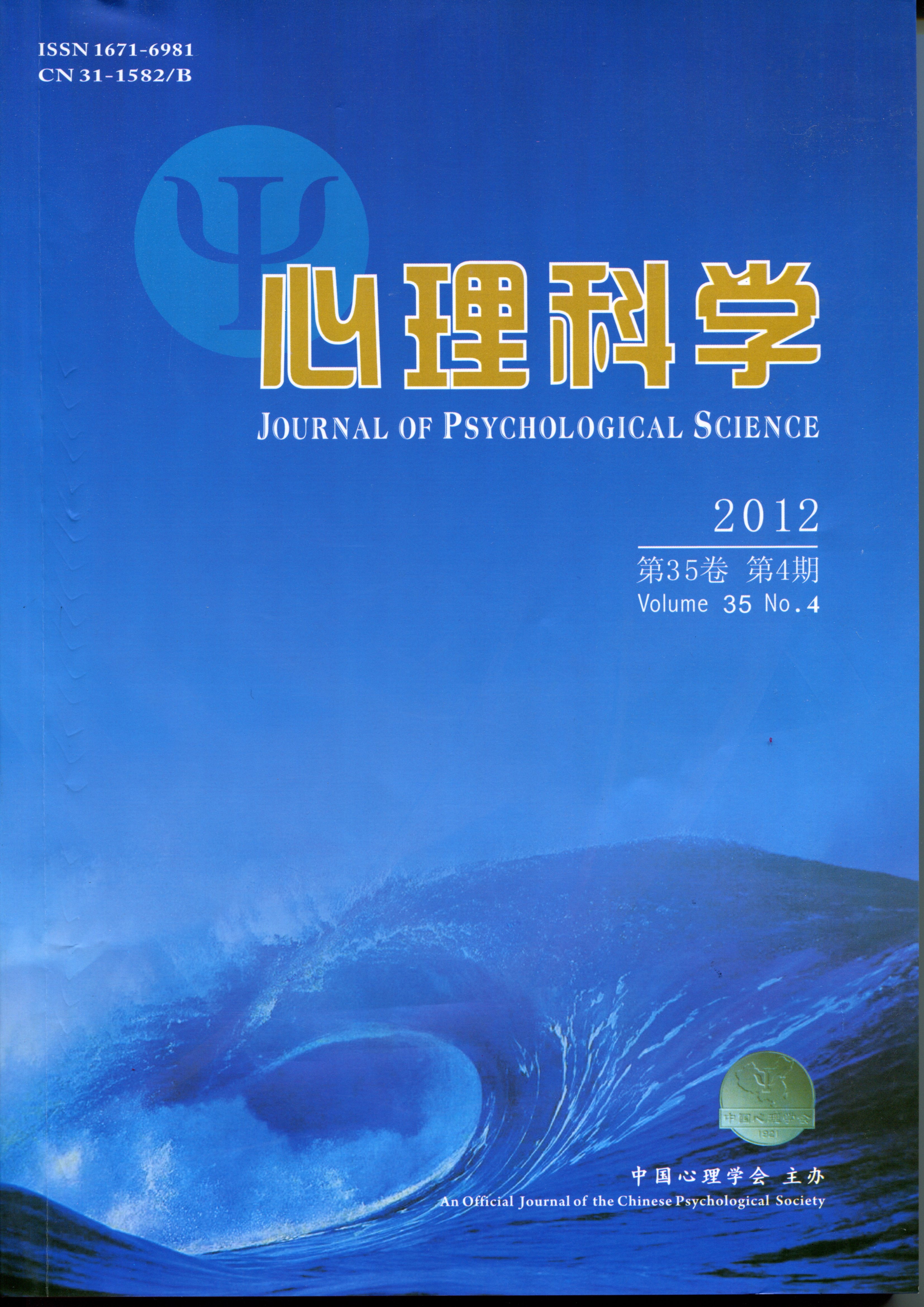|
|
Temporal integration effects in facial expression recognition in different temporal duration condition
Ben-You CHEN
2012, 35(4):
770-777.
Temporal integration is the process of perception processing, which the successively separated stimuli are combined into a significant representation. It is a complicated process, which is known to be influenced by such multiple factors as the temporal structure and stimulus components. Although this process has been explored in inter-stimulus interval in face perception, little is known about temporal integration effect in facial expression recognition, more importantly, there has been no relevant evidence demonstrating that stimulus duration and stimulus category can affect the temporal integration of facial expression.
In the present study, the part-whole judgment task was used to examine the influencing factors of temporal integration in facial expression. In two experiments, each of three whole facial expression pictures was segmented into three parts, and each including a salient facial feature: eye, nose or mouth. These parts were presented sequentially to the participants by some interval or presentation duration, with a fixed sequence: eye part first, nose followed and mouth last. Following the last part, a mask which eliminated effects of afterimages or other types of visual persistence was displayed. Then participants were asked to judge the category of facial expression, responding by pressing one of three number keys: “1”, “2” and “3”, corresponding to anger, happy and sad. In experiment 1, each part was presented for 17ms, with five intervals of 50, 100, 200, 600, 900ms between each part in part-face condition, and a whole face as a baseline condition was presented for 50ms. Three factors were manipulated: inter-stimulus interval (50, 100,200,600,900ms), facial expression category (anger, happy and sad), and presentation orientation (upright vs. inverted). 72 participants were divided into six groups, and each group was randomly assigned to each of the six conditions to be tested individually. Each participant was asked to complete all possible combinations of the different levels of the facial expression category and presentation orientation. In experiment 2, each participant completed the same task. In addition to the 2 factors used in experiment 1, the third factor was changed as each part was presented for duration of 14, 50, 100, 200ms with the part interval of 50ms, and as the baseline condition was presented for 17ms.
The results showed that inversion effects were found at short intervals (50~200ms) and short presentation duration (14~100ms) in part-face expression condition. And the effects were substantially reduced at long intervals (600~900ms) and long presentation duration (200ms). These demonstrated that participants could store temporally separated facial expression in a short-term visual buffer and integrated them into a single, unified facial expression. Furthermore, the results also showed that the temporal integration performance of the facial expression existed significant difference in different facial expression category. Also, happy expression recognition was easier than other expressions.
All the results suggested that the temporal integration of the facial expression was influenced by multiple factors, including temporal structure, such as inter-stimulus interval, stimulus presentation duration, and stimulus feature. It meant that both iconic memory and long-term memory were possibly cognitive processing system involved in temporal integration of the facial expression.
Key words facial expression, temporal integration, configural processing, memory.
Related Articles |
Metrics
|

